Antik Shopping
Istanbul, Turkey-based Antik Dantel specializes in oh-so-modern lace techniques, thanks to their über innovative take on yarns. Here, two shining examples from the mill prove how investing in yarn technology heeds beautiful results.
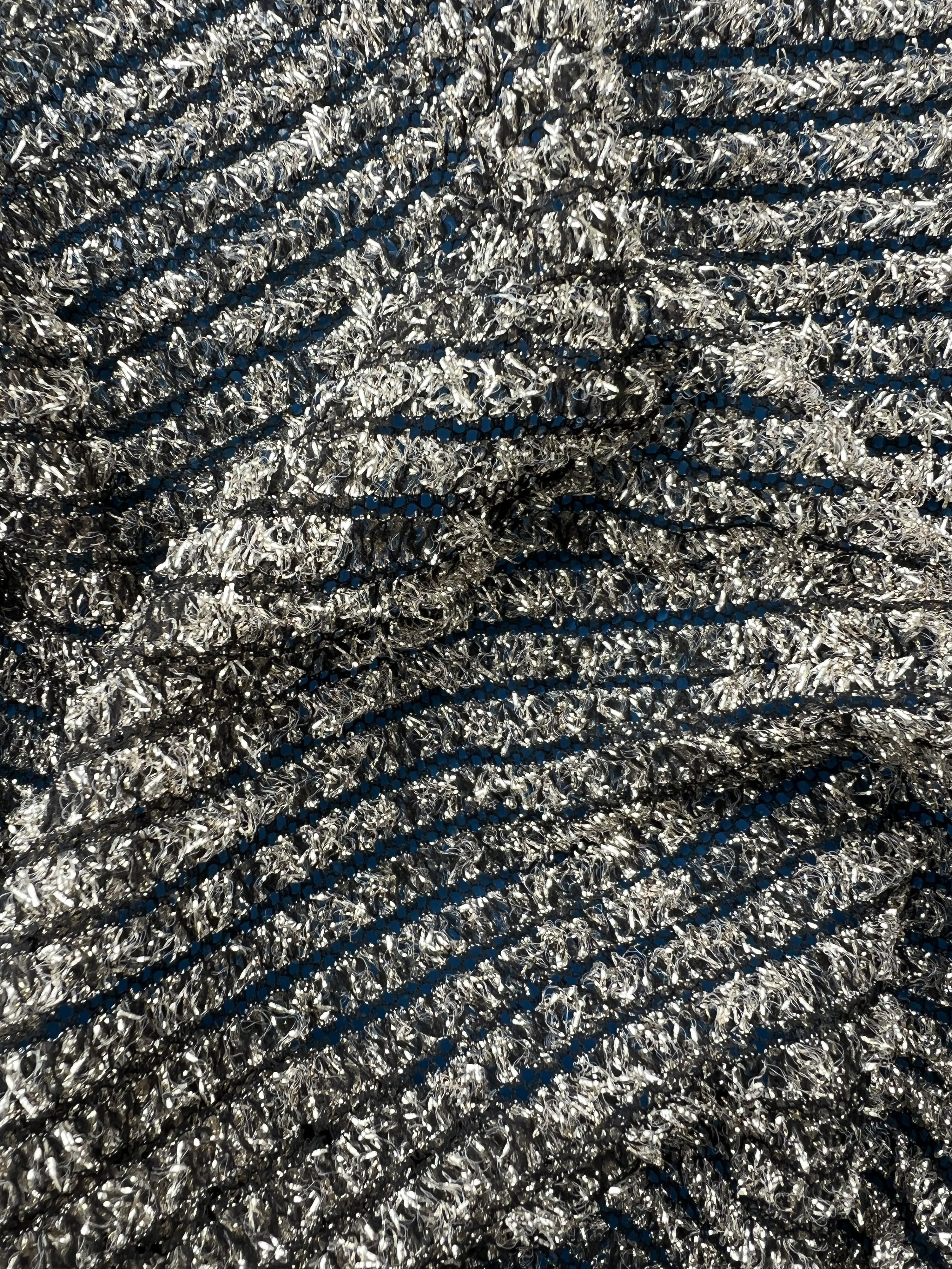
Istanbul, Turkey-based Antik Dantel specializes in oh-so-modern lace techniques, thanks to their über innovative take on yarns. Here, two shining examples from the mill prove how investing in yarn technology heeds beautiful results.

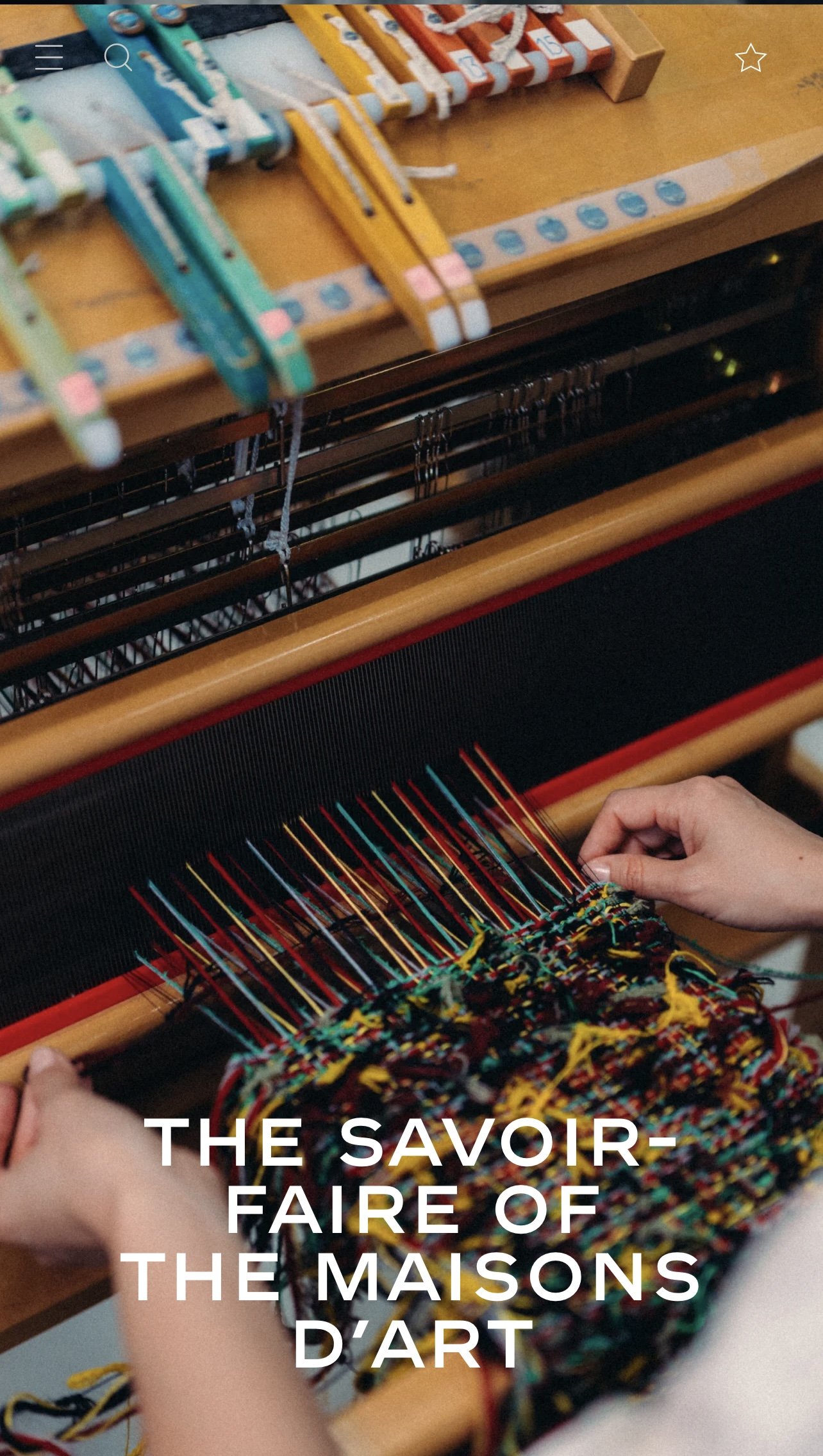
In a world of fast fast fast, Chanel remains steadfast in its love of thoughtful creation. Their Métiers D’Art collection highlights artisans from different genres that have spanned the test of time — from a 14th century milliner to embroiderers and pleaters from the late 19th century to the early 20th. Preserving traditions and a strong French heritage, these artisans work unhurriedly for the Paris fashion house producing oh-so-fresh creations that are both classic and playful. Take a look at some of the cultivated finds below from Lemarié, Maison Michel, Lesage, Atelier Montex and Les Ateliers Lognon.
More at Chanel.com ♥️ Photos by Chanel

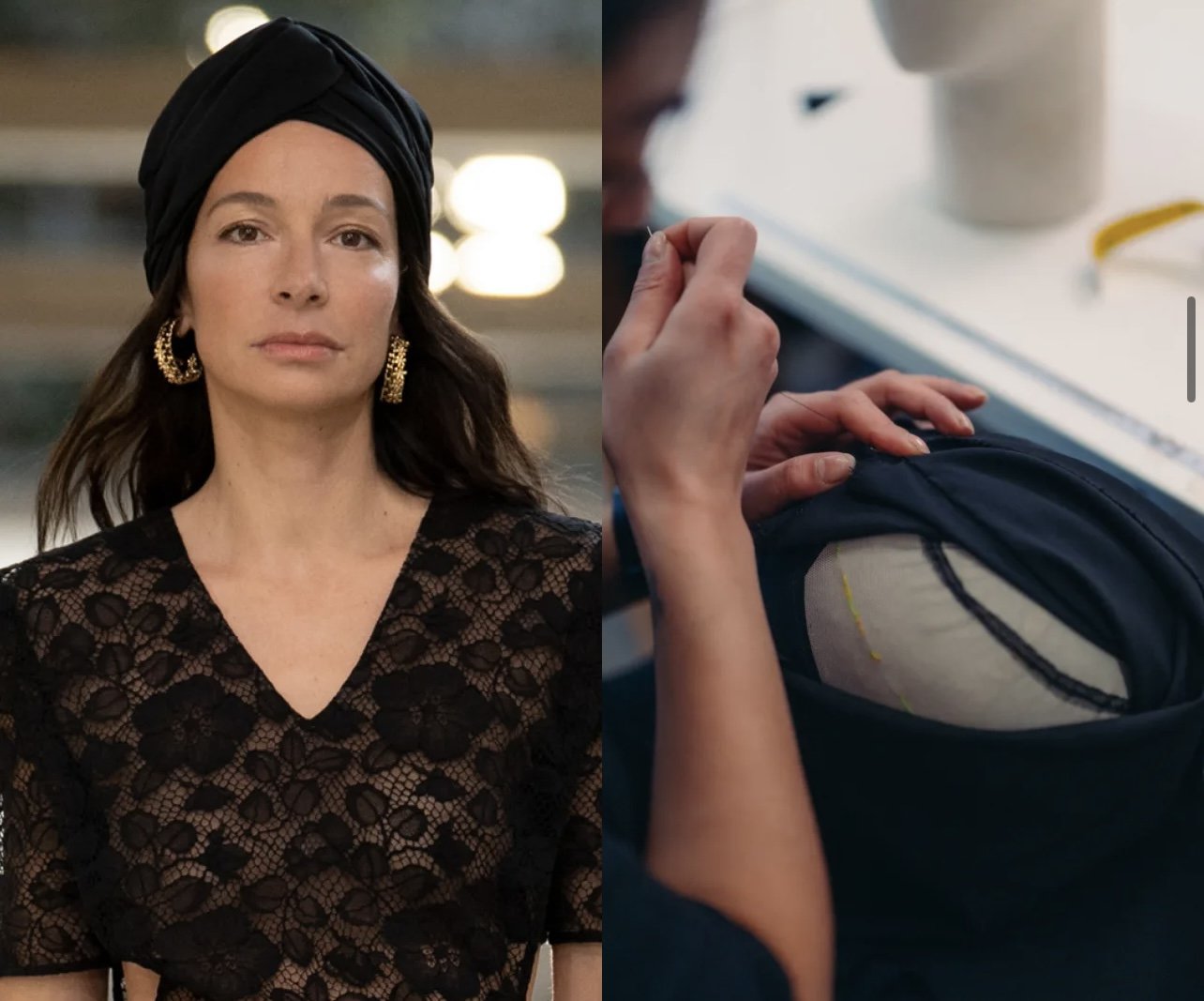




St Gallen, Switzerland-based Jakob Schlaepfer will always be one of my favorite mills. The imagination behind their fabrics seems endless and they have so much fun with yarns and colors — from cupped sequins and metallic jacquards to 3-D printed resin to mimic guipure. This is creativity at its finest.




Metallics for Fall offer high-shine options in both knits with dense shimmer and wovens, from playful stripes for sportswear shapes to liquid-like offerings for drapey blouses and dresses. The time to shine is now — talk about a glow up.

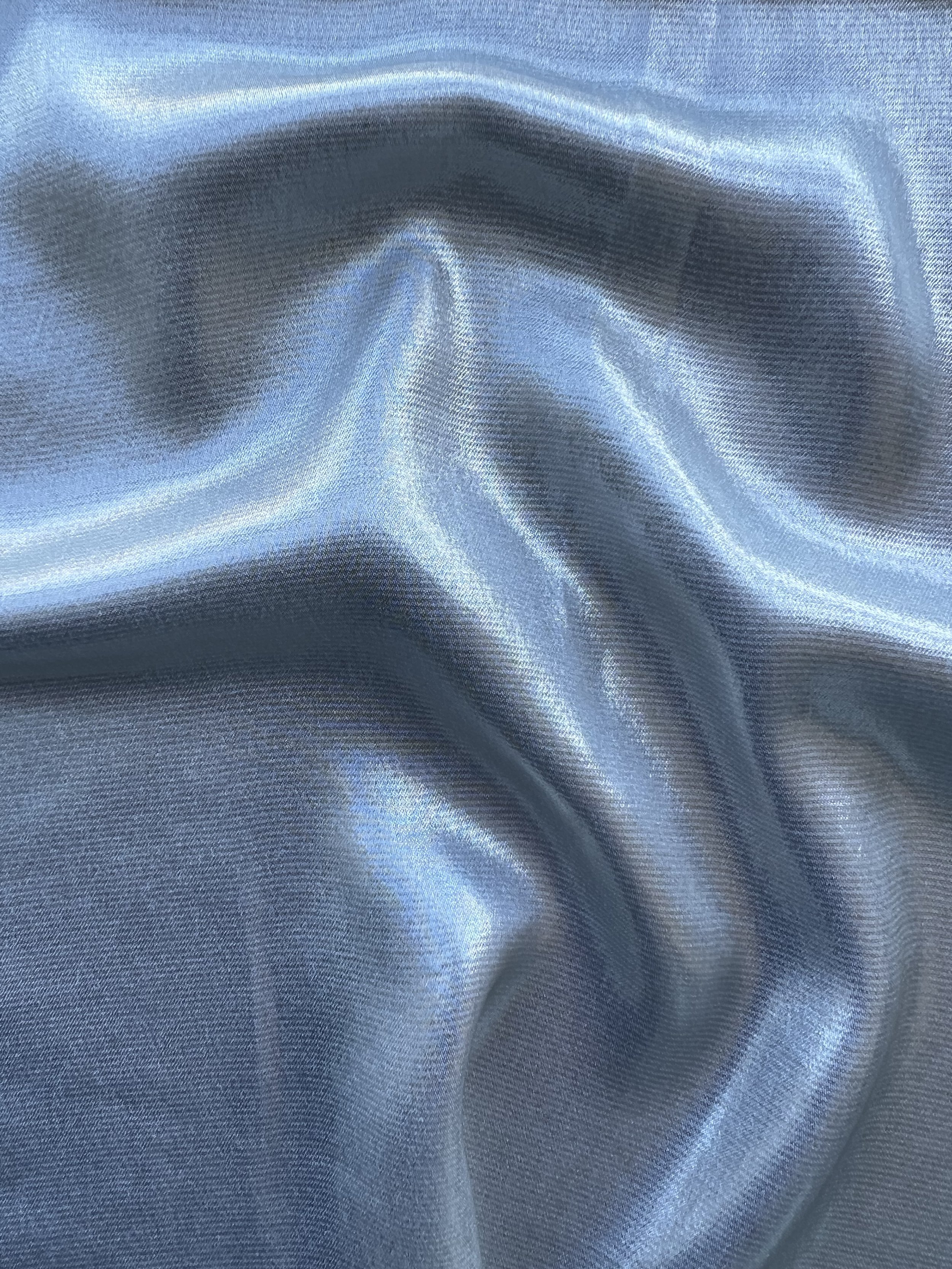

Pailettes for Fall are densely packed and patterned into both classic floral and abstract motifs. Some, like these examples from Klauber Brothers, even glow in the dark (below) for added dimension and fun.



Satins for Fall 24 are weighty, stretchy and boast plenty of high shine. New heavier offerings give a luxe and more rounded look for sportswear and dresses alike. Gleam never looked so GLAM ⭐️



Sportswear offerings for Fall 24 feature an array of denim looks that are far from yesteryear’s workwear. With super soft hands and plenty of stretch, these twills are perfect for easy and elevated casual dressing.

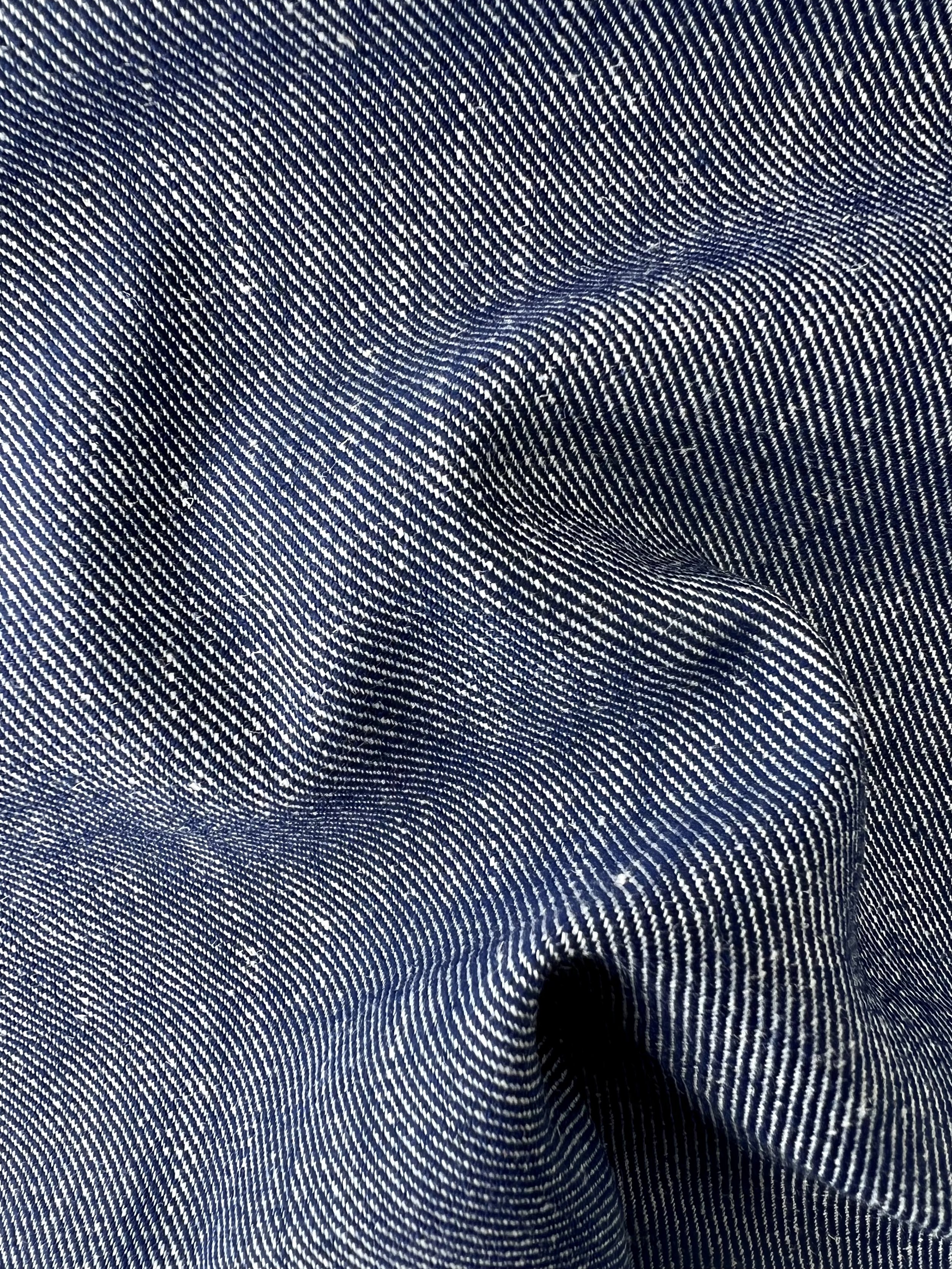
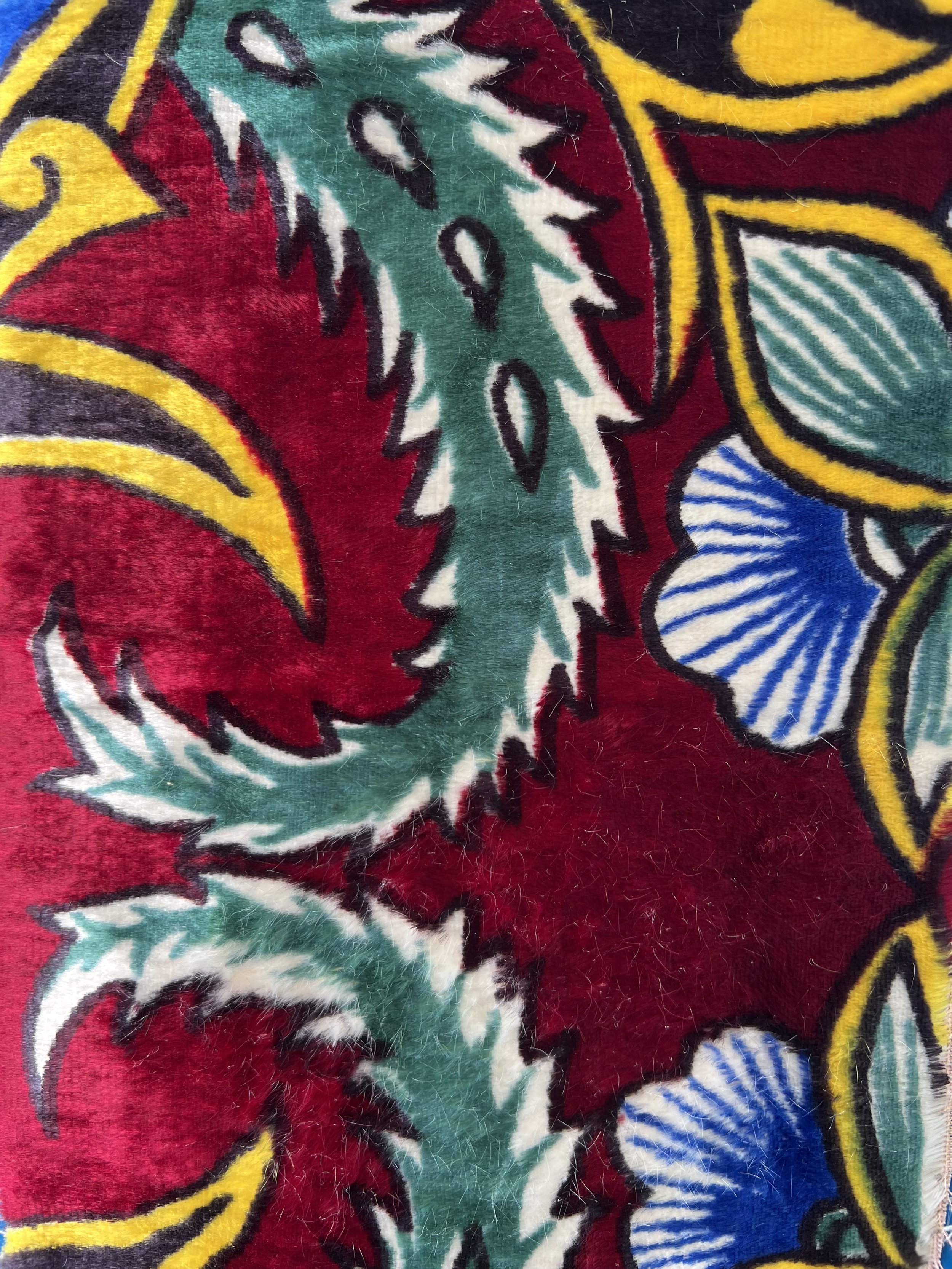
Velvets for Fall 2024 feature both luxurious sheen and cozy softness, not to mention a gorgeous drape. While burnout options suggest quiet hints of sophistication, bold prints bring strong punches of color and novelty. Crushed and pleated styles, meanwhile, offer just the right amount of textural play.


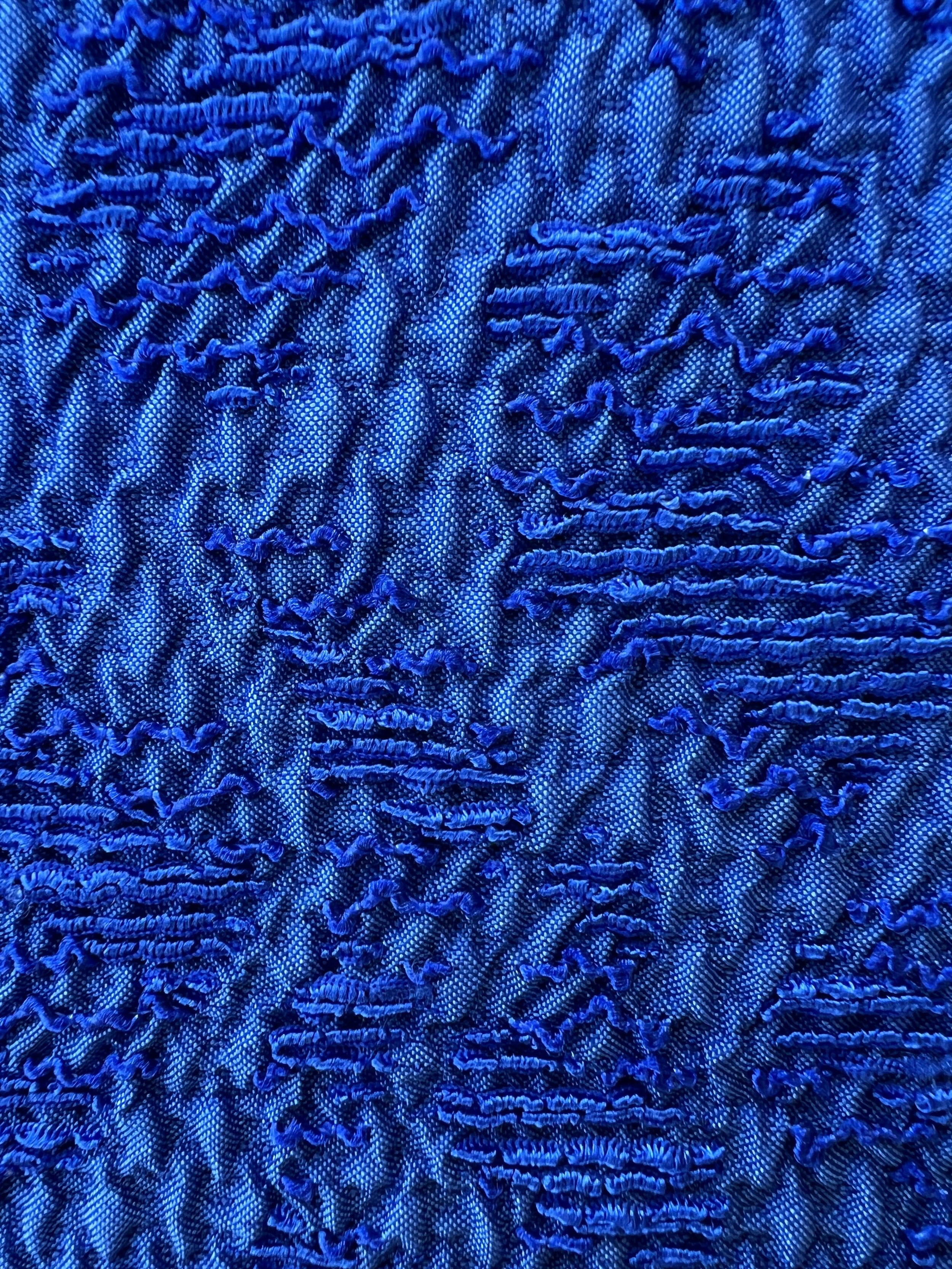
Textural effects for Fall 24 give maximum surface interest with strong cloqués, basket weaves, embroideries and jacquards all in play. Novelty yarns provide bold shimmer, while layered effects such as embroidery atop of cloqué offer a vivid textile landscape.


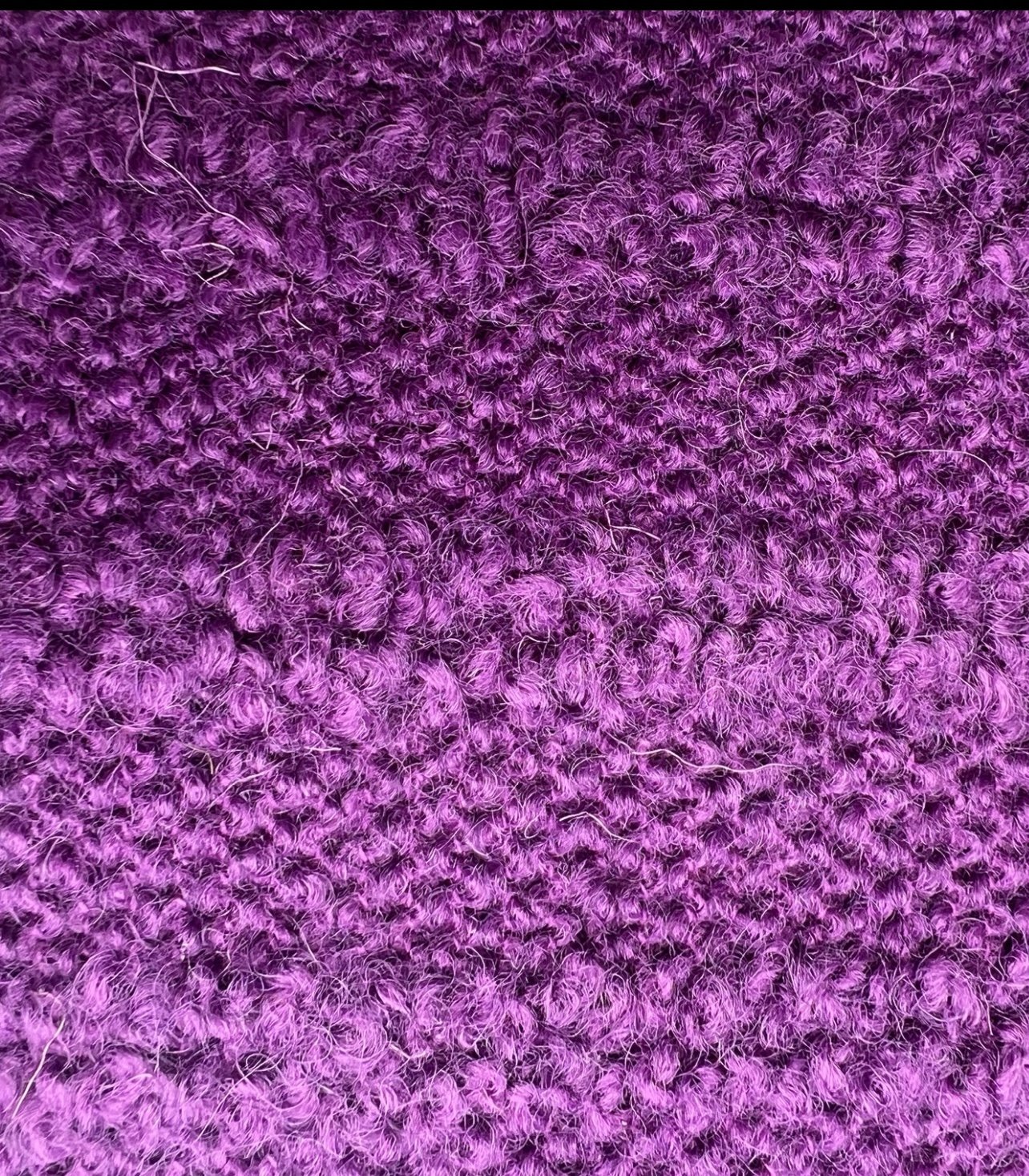
Tweeds for Fall 24 are highly novel with bright punches of color, as well as special yarns that top off the texture quotient. Graphic patterns and metallic touches also come into play for added surface interest and excitement.

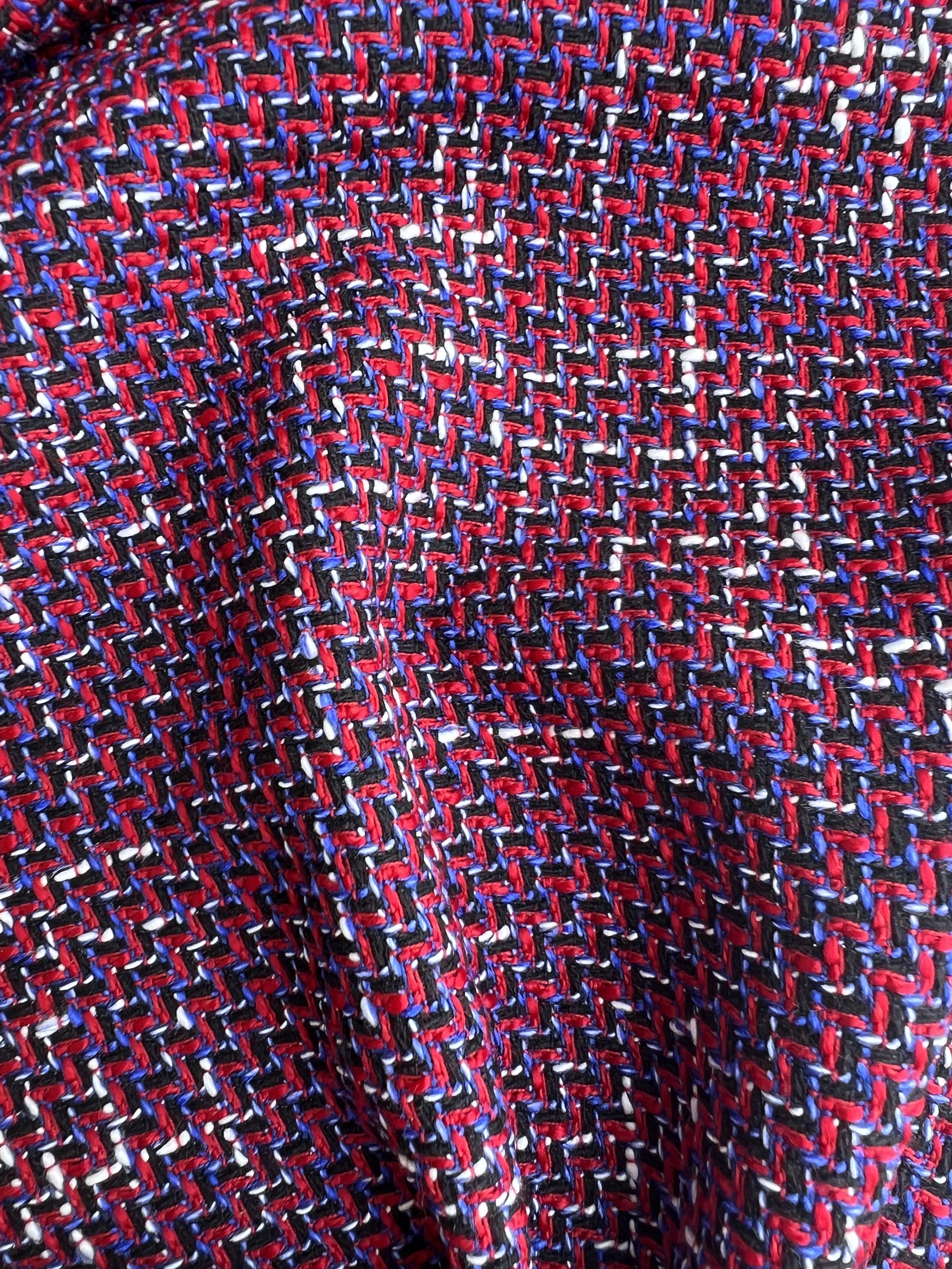
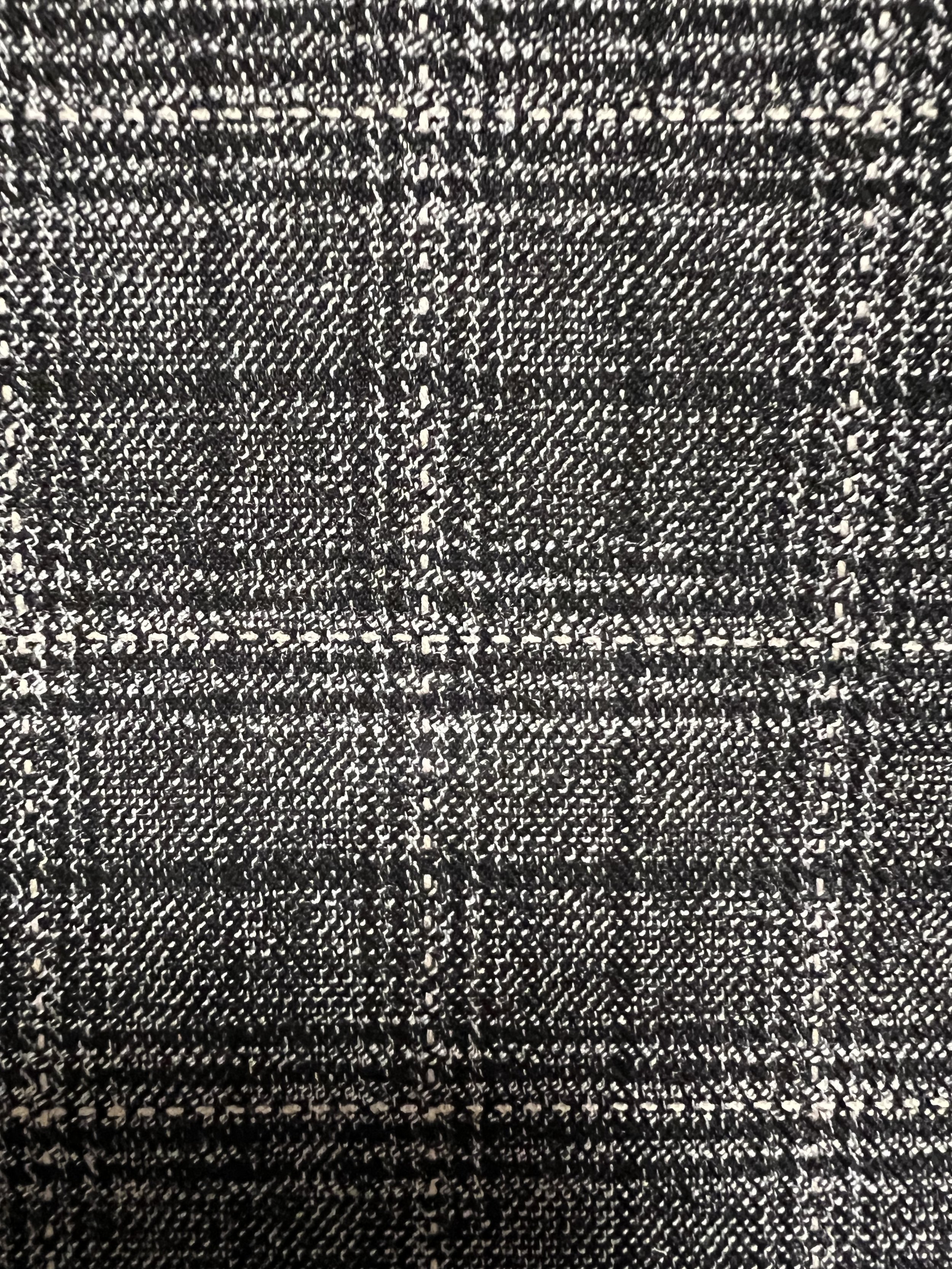
Highly-textured box plaids in suiting weights play up against more sheer offerings for dresses and blouses. Layered yarn effects and shadowy tonal jacquards give maximum surface interest. Ah, the power of plaid!



Darquer laces
For Spring 2019, French lace and silk mills are putting on the glitz ✨✨
Classic lace styles feel updated with layering techniques and stringy embroidery details at Darquer, while traditional silks from TBM Soieries are dyed in saturated pop colors, many with metallic threads and finishes. The yellow below is my favorite 💛
Even the much-loved fils coupé gets a freshen up, with strong linear patterns and shiny finishes that feel discreet.

TBM Soieries metallic chiffon and fils coupé

This month's superstorms in the Caribbean got me thinking about my loved ones first and then, about how shifts in the weather will continue to effect fashion. And fabrics.
Growing up in sweltering Florida, I thought about clothes a lot. The heat was unbearable and then it would rain and you would get soaked and walk straight into a building with strong A/C.
I remember suggesting to my mom, at 7, that designers should make clothing light and waterproof for places like Florida. This way, I imagined, when it rained (which was almost daily), you didn't need a bulky plastic raincoat that didn't breathe. What's more luxurious than dry clothes on a wet day?
So here we are, in the midst of global warming and fall has arrived. Sort of. I look around and see luxury fashion houses still churning out dresses and coats made of the heaviest of fabrics.
Seasonless was a buzzword some years back, but today, it's not about making one part of your collection seasonless, or having one or two fabrics that are the perfect weight, it's about creating collections that are luxurious all while adapting to climate change on a national, and global, scale.
And what does that mean for the future of fabrics? Let's start with simple and first things first: lightweight. You know, the easy, breezy kind of lightweight. Oh, and not too light, sales will say, and nothing too sheer.
Gentili Mosconi's fabrics, pictured here in two color ways, offer a decorative solution (my favorite kind) and a modern twist on a classic favorite: silk marocain.
These lightweight versions are layered with a colorful print and then, a wisp of metallic jacquard. All that at just 120 grams, VOILA!
The future is now — let’s all pay attention to the kind of ideas that can really move fashion forward.


Think a duchesse satin is boring or just too classic? Como-based Gentili Mosconi has the perfect solution: a hefty doublefaced Lurex made on a silk warp. "It's like a modern duchesse," offers owner Francesco Gentili.
Weighing in at a gorgeous 486 grams, this beauty is thick, soft and über luxe. Perfect for big statement pieces, the fabric owes it's refinement to the subtle metallic palette it comes in — not a brassy in-your-face feel, but a bright star nevertheless.
No place for boring here.

Repeat after me: 1801 was the year of the jacquard.
It was then that Frenchman Joseph Marie Jacquard constructed a way to weave a pattern into a woven structure by developing a perforated card system that would attach to a loom.
For their Fall 2018 collection, Como-based silk mill Mantero took the concept of a simple jacquard and gave it some very colorful, and very visual, goodies.
Goody number one: a digital print. Made of silk and polyester, the cloth is digitally printed after it is woven into a flat jacquard -- the silk takes the print, the polyester does not.
Then...
Goody number two: the mill sandwiches a small retractable nylon yarn into the fabric during the weaving process that then puckers when a warm steam is applied, creating the highly-dimensional pleats.
I know, right?! ❤️

Two foiled pleated laces from Jakob Schlaepfer, top, and a lace using a cloqué effect from Darquer, below
Pleats date back to ancient times, when Egyptians pleated their garments by pouring eggs over linen and drying the fabric in the sun after using a wooden instrument with narrow grooves to create the pattern.
Later, in the beginning of the 19th century, Spaniard Mariano Fortuny made pleats de rigueur again, as did Japanese designer Issey Miyake in the early 90's, with his Pleats Please collection of pleated polyester jersey garments.
At last month's Première Vision, pleats were everywhere for Fall 2017: on velvet, on menswear fabrics and in bold prints, to name a few. There were also featured on one of my favorite fabrics, lace.
Pictured above are two fine examples from French lace mill Darquer and Swiss mill Jakob Schlaepfer.
Darquer combined a rigid and stretch yarn to create the airy, pleat-like effect seen above.
"The yarns react differently when combined and give this very special cloqué look. It is a unique look which is very different from the usual aspect we know for lace," said Francois Heumel, the mill's commercial export manager, adding that the house of Chanel has already used the lace twice.
At Jakob Sclaepfer, foiled appliqués have been used at the mill for some time, according to creative director of fashion textiles Rahel Flury, but what's really new, she said, was "pleating these fabrics after the appliqué is applied."
"The dimension it creates is quite nice," she added, "and we loved the sporty feel of dots and eclipses."
Suffice to say, the Egyptians and Fortuny would have been proud. And Issey Miyake would be thrilled to see these examples.
Who doesn't love a good pleat ❤️

Sophie Hallette presented a new take on laurel wreaths at last month's Première Vision with this embellished beauty.
"This is a gorgeous lace with a vibrant background, woven on one of our wonderful Leavers looms, and then embellished to make it even more impactful," says marketing director, Maud Lescroart.
The laurel leaf crowns are embroidered by hand with colorful beads that "follow the unique design of the background lace," she adds.
"I think the combination gives a contemporary and uplifting feel to match the mood of fashion at the moment."

At this month's Première Vision in Paris, trends for the Fall 2017 season included a variety of novelty techniques: fringed and eyelash effects, laser-cut patterning, exaggerated pleats and large-scale patterns, both in prints and jacquards.
Over at Jakob Schlaepfer, they were one step ahead as usual. Pictured here is the Swiss mill's confection of square, cupped plastic sequins in smokey gray that gave off a glossy, futuristic effect.
Stay tuned for more goodies from the show in the coming days. C'est Magnifique!

At this week's PV Preview, held on August 19th and 20th at Pier 94 in NYC, the work of Grand Prize winner Wataru Tominaga was on display.
Beautifully crafted, his textile-focused work, compared to Issey Miyake by one of the judges, features flocked strips of film-like material (some of which are printed) on top of ditsy-floral printed cottons.
The flocked strips, which naturally crack when applied, give the pieces not only a dose of pop color and plastic-like texture, but help create a naturally voluminous silhouette as well.
Loom1801 congratulates your impressive and whimsical work Wataru! You are certainly one to watch! Here, some of his beautiful pieces.



Hermès bought Lyon-based Bucol, founded in 1920, because of the French mill's unprecedented fancy techniques.
Combining a woven jacquard structure with stretch is no easy task, especially one that uses a fine Lurex yarn. But here it is. And she's a beauty!
A staple of Bucol for many years, this look uses a technique that is reminiscent of the kind of jacquard stretch fabrics that the mill created for swimsuits back in the 30's. How chic is that!?